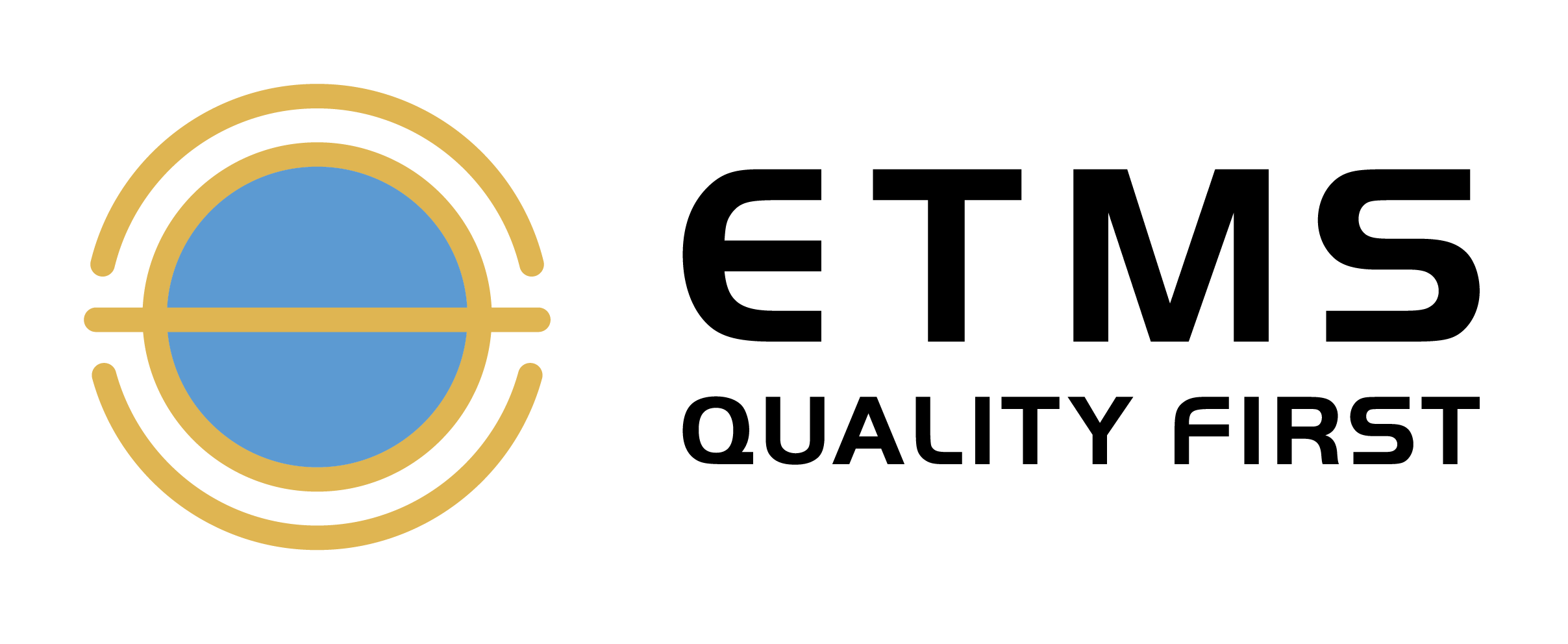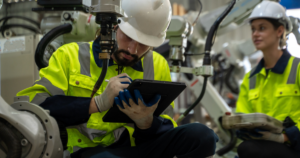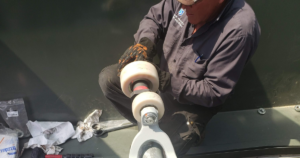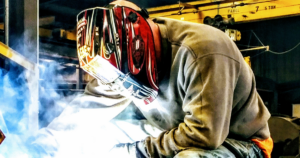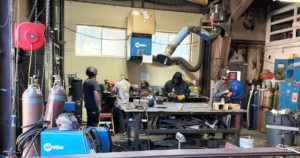If you’ve ever wondered about Magnetic Particle Inspection, you’ve come to the right place. It’s actually quite interesting how it works. First, it’s a Non-Destructive Testing Method used for checking for surface and near-surface discontinuities. It’s used to detect both surface and subsurface discontinuities in ferromagnetic materials. Those materials include iron, cobalt, nickel, and most carbon steel alloys. Best of all, it’s easy and quick to do.
This method inspects various products, such as castings and weldments. Multiple industries use this method to check their materials, including structural steel, petrochemical, and aerospace.
How Magnetic Particle Inspection Works
Magnetic Particle Inspection detects cracks, cold lap, pores, and insufficient sidewall fusion in welded products.
For the inspection to work, a magnetic field with lines of force must be produced at a large angle toward the expected direction. This allows the inspector to detect any cracks present in the metal. It also allows them to apply the magnetization multiple times in different directions.
If there is no defect in the metal, it will transfer lines of the magnetic field through the product without interruption. However, if there is a defect, the magnetic flux leaks out of the material. While it spreads, it will collect iron powder, allowing the inspector to easily see the shape and size of the defect. Magnetization can be produced by applying a permanent or magnetic flow to the surface, putting the metal inside a “current-carrying” coil, placing that coil close to the surface, or a few other ways.
The 110v AC handheld electromagnetic yoke magnet is often considered one of the most versatile techniques. It has a white peelable paint for contrast and a magnetic ink made of iron powder particles. The yoke magnet is used to magnetize the product, and if there is a defect present, the lines of the magnetic force will deteriorate around the problem area.
The electric current used for magnetic particle inspection must be DC or AC of any waveform. The current depends on the size and shape of the metal you inspect.
When inspectors use a combination of two magnetic fields, a rotating or swing magnetic flux can be produced, which will show where any cracks are.
How To Become a Certified MT Inspector
There are two ways to become certified in the Magnetic Particle nondestructive testing method both of which are governed by The American Society of Nondestructive Testing (ASNT).
The first way is through direct certification through ASNT’s ACCP program. Although this method of certification is <b><i> VERY </b></i> uncommon, it is available for certification.
The most common method of MT Inspector Certification is through your employer’s NDT program as governed by ASNT SNT-TC-1A. As with direct certification, you must complete all required training, testing, and in-method practice before your certification is valid. Want more information on how ETMS can help you get your certificate? Read our blog on the ETMS’s Top Welding Tips & Trends Of 2022.
Advantages of Magnetic Particle Inspection
As we already mentioned, one of the most significant advantages of Magnetic Particle Inspection is that it is non-destructive. This inspection can be done at the workshop or on-site, and parts/components can be returned to the in-service function immediately after the inspection is complete. But those aren’t the only reasons you should consider this method for inspecting your metal materials.
Why You Want to Choose Magnetic Particle Inspection
This method for particle inspection will detect flaws near the sub-surface and the surface. For the quality of your materials, this is very important. The examination method can be used on parts with odd shapes, such as crankshafts. The MT method is very economical and provides results quickly and reliably when conducted by properly trained and certified personnel. Best of all, it will also detect any defects that someone may be trying to hide.
